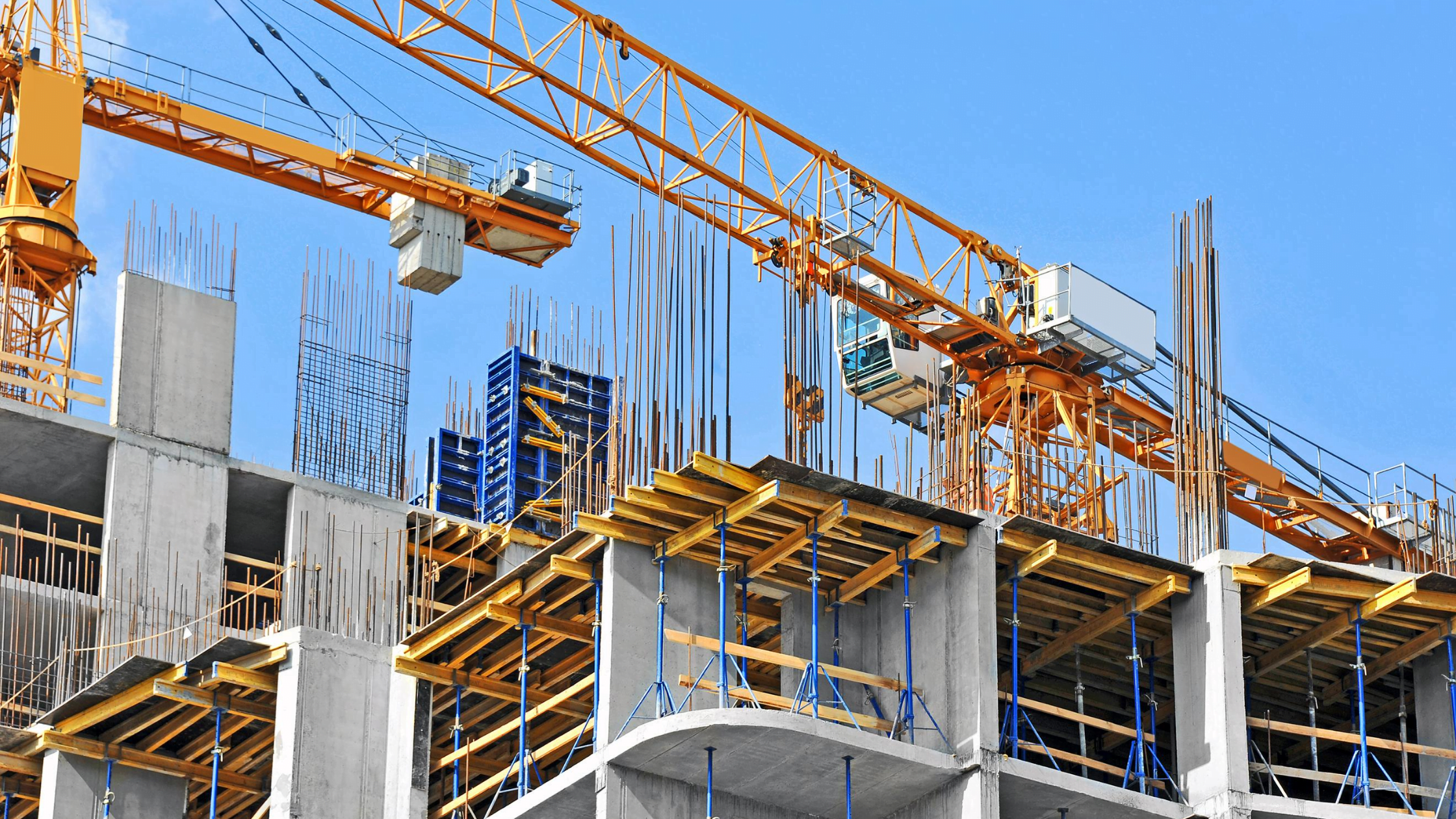Millions of Americans on the West Coast live in seismic zones. These zones are incredibly problematic for anyone looking to build a home or an office building. Earthquakes can easily cause destruction and the toppling of a building. Employees are hesitant to work in buildings that are not proven to be safe. As a result, individuals who are looking to build in these areas need to keep these factors in mind. They have to consider the performance of their materials in an earthquake if they ever hope to have their building survive one.
Steel
According to Pedram Zohrevand, teel is usually the default material of choice when looking to build in a seismic zone. Steel improves the strong properties of iron with additives such as carbon. It is most effective because of its ductility. Ductility is the property of a material to be shaped and warped without breaking. Steel is ductile compared to more brittle materials such as cast iron, stone, and brick. It can be molded into practically any shape and used in both foundations and the structure of a building. Steel has another helpful role in the production of reinforced concrete. Reinforced concrete is a product which is created by filling concrete with steel bars. These bars allow for more durable concrete that can withstand the forces of seismic shock.
Wood
Wood is another common material used for building in seismic zones. Pedram Zohrevand argues that this material is effective because it can bend and sway in ways similar to steel. One can use water and heat to bend wood to all kinds of shapes. Wood is a popular choice for a number of smaller building projects because it is relatively cheap compared to steel. It has a certain ductile property that is significantly more flexible than brick or stone. Wood can also be managed in a wide variety of styles and used to build some of the systems used in earthquake-proof buildings.
Lead-rubber
Building in seismic zones sometimes requires the use of systems that absorb the shock from earthquakes and allow the building to move along with the foundation. There are several different schemes that builders have used in order to absorb these movements. One of these is a bearing system. Bearings made out of lead-rubber are installed within a building’s foundations. The bearings reduce friction and allow the building to move slightly along with the earthquake.
Movement is essential to preventing breaking and the building subsequently falling down. Some systems used to protect buildings from earthquakes use springs and systems where there are weights installed in both the top and bottom of the building. Lead-rubber is a heavy, flexible material that can be effective at all of these goals. It is one of the best materials to absorb the massive shocks and sways that are present in every building during a significant earthquake.
What to do
Anyone who is considering building in a seismic zone needs to view a number of factors when deciding how to protect the building from seismic activity. First, they need to look at their budget. Companies and individuals only have a limited amount of money they can spend on any structure. They have to work with the materials and building approaches that they can afford.
Many materials that work well in a seismic zone are relatively cheap. There are also approaches that a builder can take to a foundation that will ensure the building has a better chance of withstanding seismic activity. As budgets go up, companies can start to look at dampers and other materials that may be more resistant to seismic activity. Next, a company or individual needs to look at the size of their building.
Larger buildings can justify more significant measures taken to protect their foundations and their general structures from an earthquake. Tall skyscrapers often have a number of different new technologies to protect them from seismic activity. These steps become more and more feasible the larger a building grows.
Anyone who is thinking of building in a seismic zone must always take earthquakes into consideration. They must consider these events nearly as much as they would consider livability and the budget. Earthquakes do not happen on a daily basis and a catastrophic one has not happened in years. But when it does, companies, families, and their buildings must be ready.


